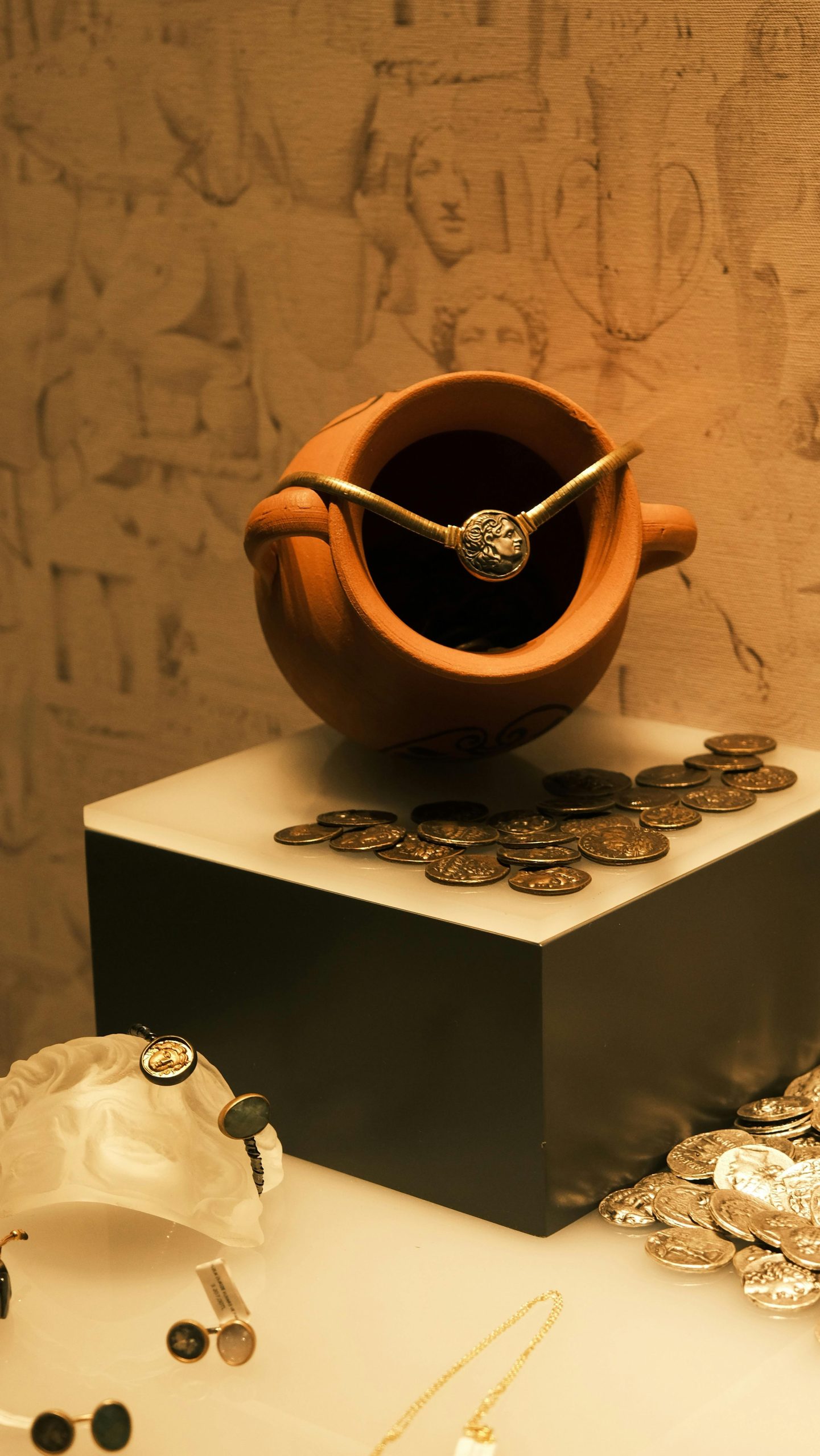Archaeology has the power to reshape our understanding of the past, revealing secrets buried for millennia. From ancient cities lost to time to artifacts that rewrite entire chapters of human history, groundbreaking discoveries continue to challenge what we thought we knew. These finds not only illuminate forgotten civilizations but also redefine the timeline of human achievement. Here are some of the most astonishing archaeological discoveries that forever altered our perception of history.
The Rosetta Stone: Decoding Ancient Egypt
Discovered in 1799 by French soldiers during Napoleon’s campaign in Egypt, the Rosetta Stone became the key to unlocking the mysteries of hieroglyphics. This granodiorite slab, inscribed with the same decree in three scripts—Ancient Greek, Demotic, and hieroglyphic—allowed scholars like Jean-François Champollion to finally decipher Egyptian writing in 1822.
Before this breakthrough, hieroglyphics were an impenetrable puzzle, leaving much of Egypt’s history shrouded in mystery. The Rosetta Stone opened the door to understanding ancient Egyptian culture, religion, and governance, transforming Egyptology into a legitimate scientific discipline.
Why It Matters
The stone didn’t just translate words—it translated an entire civilization. Without it, we might never have known the grandeur of pharaohs like Ramses II or the intricacies of the Book of the Dead. It remains one of the most influential archaeological finds of all time.
Pompeii: A Frozen Moment in Time
In 79 AD, Mount Vesuvius erupted, burying the Roman city of Pompeii under layers of ash and pumice. Lost for over 1,600 years, its rediscovery in 1748 provided an unparalleled snapshot of daily life in the ancient world. The volcanic debris preserved homes, frescoes, and even the haunting plaster casts of victims.
Excavations revealed everything from bakeries with loaves still in ovens to graffiti on walls, offering a vivid glimpse into Roman society. The site has reshaped our understanding of urban planning, social hierarchies, and even disaster response in antiquity.
Why It Matters
Pompeii’s preservation is so complete that it serves as a time capsule, allowing historians to study Roman life with unprecedented detail. It’s a stark reminder of nature’s power and humanity’s fragility.
The Dead Sea Scrolls: Ancient Texts That Shaped Religions
Found between 1947 and 1956 in the Qumran Caves near the Dead Sea, these 2,000-year-old manuscripts include some of the earliest known versions of the Hebrew Bible. Written on parchment and papyrus, the scrolls contain biblical texts, hymns, and community rules of a Jewish sect likely connected to the Essenes.
The discovery was monumental for biblical scholarship, confirming the accuracy of later biblical texts while also revealing previously unknown religious writings. The scrolls bridged gaps between Judaism and early Christianity, offering new insights into the development of Abrahamic faiths.
Why It Matters
The Dead Sea Scrolls provided tangible evidence of religious traditions predating the Common Era, influencing theological debates and historical research. They remain one of the most significant finds for understanding the roots of Western religion.
Göbekli Tepe: The World’s First Temple?
Discovered in southeastern Turkey in the 1990s, Göbekli Tepe dates back to around 9600 BCE—predating Stonehenge by 6,000 years. This massive complex of carved stone pillars arranged in circles challenges the long-held belief that agriculture led to organized religion. Instead, it suggests that religion may have spurred the development of settled communities.
The intricately carved reliefs of animals and abstract symbols indicate a sophisticated symbolic culture far earlier than previously imagined. This site forces archaeologists to reconsider the timeline of human societal development.
Why It Matters
Göbekli Tepe upends traditional narratives about the Neolithic Revolution, suggesting that spiritual or communal gatherings may have been the catalyst for civilization itself. It’s a discovery that continues to provoke debate among scholars.
The Terracotta Army: China’s Eternal Guardians
In 1974, farmers digging a well near Xi’an, China, stumbled upon one of the most spectacular archaeological finds of the 20th century: the Terracotta Army. This vast collection of life-sized clay soldiers, horses, and chariots was buried with China’s first emperor, Qin Shi Huang, around 210 BCE to protect him in the afterlife.
Each of the 8,000 soldiers has unique facial features, showcasing the incredible craftsmanship of the Qin dynasty. The site also revealed weapons, bronze artifacts, and even remnants of a grand mausoleum that remains largely unexcavated due to preservation concerns.
Why It Matters
The Terracotta Army provides unparalleled insight into ancient Chinese military, art, and burial practices. It underscores the emperor’s power and the sophistication of early Chinese civilization, rewriting perceptions of ancient East Asian cultures.
Conclusion
Archaeological discoveries like these don’t just fill museums—they rewrite textbooks. From the Rosetta Stone’s linguistic revolution to Göbekli Tepe’s challenge to historical timelines, each find reshapes our understanding of human ingenuity and resilience. As technology advances, who knows what other secrets lie buried, waiting to be uncovered? The past is never truly past; it’s just waiting for the right moment to reveal itself.
